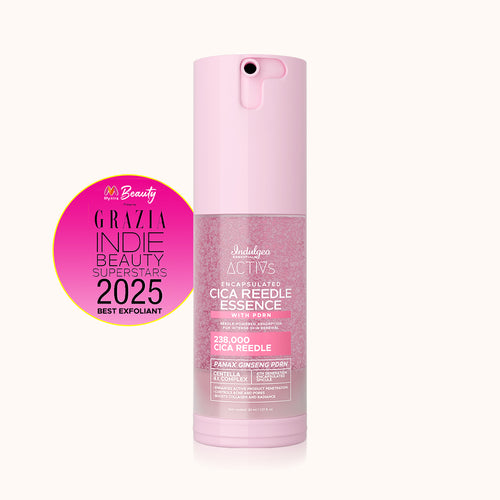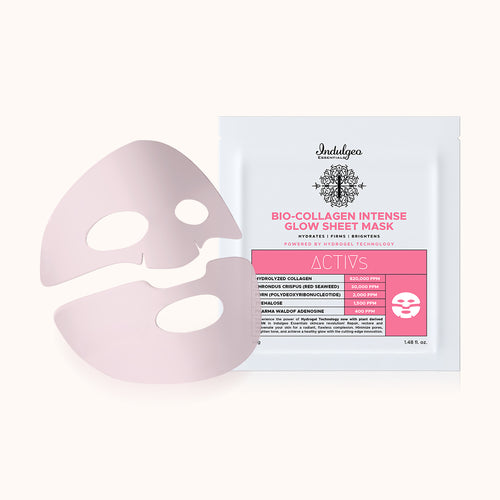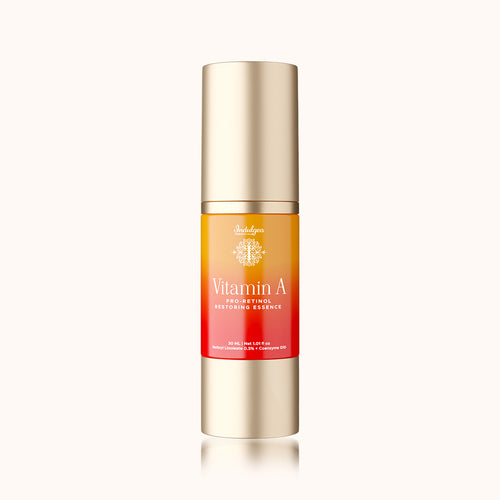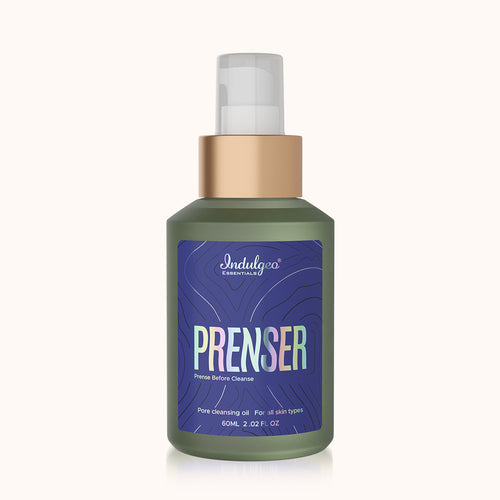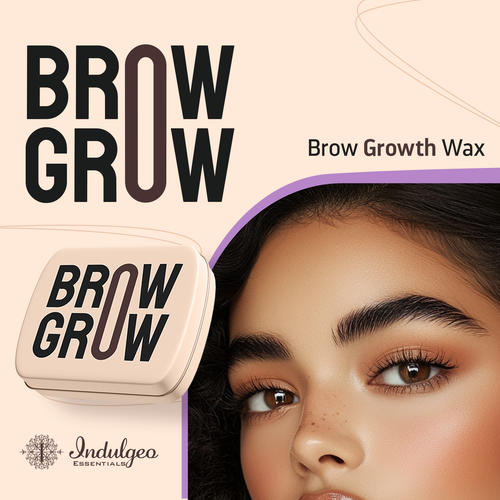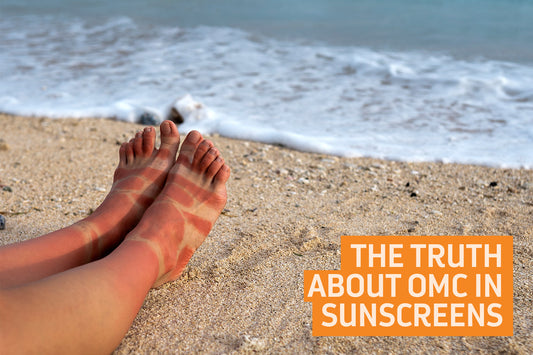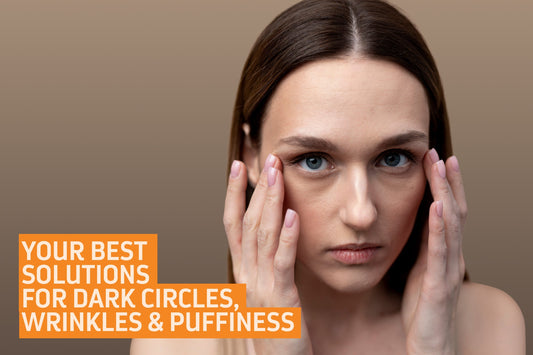
In the complex world of skincare, few ingredient categories have made as much impact as exfoliating acids. The terms AHA BHA PHA now appear everywhere - from product labels to dermatologist recommendations. But behind these acronyms lie distinct families of acids, each with different molecular properties, skin interactions, and long-term effects. Learning to differentiate between them is key to building a skincare routine that supports your skin’s natural rhythm without causing irritation or imbalance.
At their core, alpha hydroxy acids (AHAs), beta hydroxy acids (BHAs), and polyhydroxy acids (PHAs) all work as chemical exfoliants. That means they aid in the removal of dead skin cells by loosening the bonds that hold those cells together. Unlike physical scrubs, which rely on abrasion, these acids work on a cellular level and can be tailored to suit different skin types and concerns.
Understanding the Molecular Structure
The real distinction between AHA, BHA, and PHA lies in their chemical structure. AHAs are water-soluble molecules with small molecular weights. This allows them to act on the surface of the skin, where they dissolve the intercellular glue binding dead skin cells. Common AHAs like glycolic acid and lactic acid are known for their ability to smooth texture, fade pigmentation, and boost radiance.
BHAs, on the other hand, are oil-soluble. Their structure allows them to move through lipid layers in the skin and reach deeper into pores. Salicylic acid - the most well-known BHA - is particularly effective at breaking down sebum and addressing clogged pores, blackheads, and inflammation.
PHAs are structurally similar to AHAs but feature larger molecules with multiple hydroxyl groups. These larger molecules penetrate the skin more slowly, making them gentler and more hydrating. While they offer similar exfoliating benefits to AHAs, PHAs are especially suited to sensitive skin or those prone to redness and barrier disruption.
When to Use Which: Skin Types and Acid Behavior
Choosing between these acids depends heavily on your skin type, concerns, and the rest of your skincare routine. AHAs are ideal for dry, dull, or uneven skin. Their surface-level exfoliation can help refine skin tone and stimulate natural cell turnover. However, due to their potency - especially glycolic acid - they’re best introduced gradually.
BHAs, particularly salicylic acid, are better suited for oily, acne-prone skin. Because they can dive deep into pores and dissolve oil, they’re uniquely effective at addressing blackheads, whiteheads, and inflammatory breakouts. BHAs also have anti-inflammatory properties, making them well tolerated by those dealing with active acne flare-ups.
PHAs work well for dry or sensitive skin types, or those new to exfoliating acids. Their slower absorption rate means they are less likely to irritate or compromise the skin barrier. In addition, PHAs have humectant properties - they attract moisture - making them a rare category of exfoliant that is also deeply hydrating.
Integrating Acids with the Right Support
The effectiveness of AHA BHA PHA acids depends not just on choosing the right one, but also on what you pair them with. Skin is a delicate ecosystem, and actives like exfoliating acids work best when supported by barrier-repairing and calming ingredients.
For example, when using BHAs like salicylic acid, follow up with ingredients that replenish moisture and calm inflammation. Indulgeo Essentials offers a thoughtful salicylic acid range that fits this need well. The SAL CLEANSE Foaming Face Wash includes 1% salicylic acid and provides a gentle yet effective cleanse, removing excess oil and impurities without over-drying the skin. It’s well-suited for those dealing with blackheads or surface congestion.
After cleansing, the SAL MOIST Acne Healing Moisturizer offers a targeted yet non-irritating solution. With 1.5% encapsulated salicylic acid, it allows for controlled release into the skin over time, reducing the likelihood of irritation while still working to clear clogged pores. The inclusion of soothing and hydrating components makes it an ideal follow-up to chemical exfoliation.
For body acne - often harder to treat due to thicker skin and increased oil production - the SAL WASH Body Wash provides a practical solution. Also formulated with 1.5% encapsulated salicylic acid, it works to clear back and body acne while being gentle enough for frequent use.
Layering Smartly: What Goes With What
When incorporating exfoliating acids into your routine, one of the most important considerations is how to layer them with other ingredients. Overlapping too many actives can overwhelm the skin, while smart pairing can amplify results.
- AHAs + Hydrators: AHAs can cause dryness or sensitivity, especially in new users. Combining them with ingredients like hyaluronic acid, squalane, or ceramides helps counterbalance their exfoliating effect.
-
BHAs + Soothing Actives: Salicylic acid pairs well with niacinamide, panthenol, and aloe vera - ingredients that calm redness and inflammation without interfering with exfoliation.
-
PHAs + Occlusives: Because PHAs are humectants, using them alongside richer creams or facial oils can lock in the moisture they attract, further supporting barrier repair.
Avoid pairing multiple acids in the same routine unless advised by a dermatologist. Similarly, combining acids with strong retinoids or vitamin C serums can increase sensitivity or cause skin reactions unless your skin is highly tolerant.
Building a Routine That Works
The golden rule when working with AHA BHA PHA ingredients is to start low and slow. Over-exfoliation is one of the most common skincare mistakes. It often leads to compromised barrier function, increased sensitivity, and in some cases, more breakouts.
Begin by introducing your chosen acid one to two times per week and monitor how your skin responds. You can increase frequency gradually, depending on tolerance and skin needs. Always apply acids at night, as they can increase your skin’s sensitivity to sunlight. Daily sunscreen is non-negotiable, even on cloudy days.
A patch test is also recommended, especially if you’re using a new product for the first time. Apply a small amount behind the ear or on the inner forearm and wait 24 hours to check for any adverse reaction.


